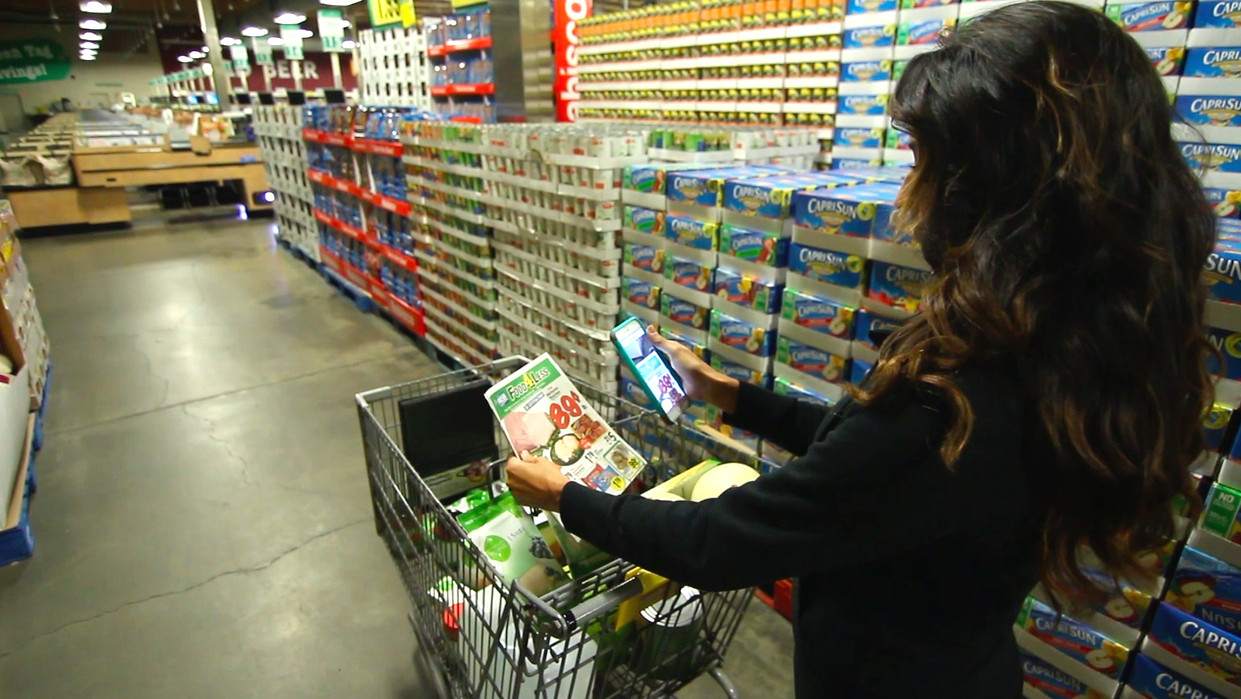
Cast your mind back twenty years; Google was a private company, the first camera phone had just been invented, there were 1.8 billion fewer people on the planet, and GFSI had only just begun.
Fast forward twenty years, and as Fatboy Slim prophetically sang at the turn of the millennium, we have indeed come a long way. We now live in a mobile, 5G speed world where consumers, brands and distribution are generating real time data faster than anyone could have imagined. The disruptive trend of automation and data exchange, the Internet of Things (IoT), blockchain, cloud computing and artificial intelligence are changing the way we live and work – and none more so than in the food safety arena (with thanks to GFSI of course!)
Innovation – connecting to go deeper than just technology
With the GFSI turning 20 this year and a conference theme of One Connected World; One Safe Food Supply that centers on innovation, organisations serving the food sector are naturally keen to demonstrate not only their food safety credentials but also their tech-savviness. However, innovation goes far deeper than just technology, and brands are looking for innovative ways of not only connecting with the entirety of their supply chain, but empowering them to choose how they can support social good.
Engaging with the food supply chain game changers – also known as consumers
Over the last few years, consumers have become increasingly influential players in the total food supply chain, recognising that their purchasing decisions can help drive changes in the supply chain that can help to counteract some of the major sustainability, health and climate change issues facing the planet.
Brands also recognise that consumers are time-poor; for example, they may want to sign up to loyalty programmes to garner benefits, but they do not want to give too much personal information away and they want the process to be simple and in an on-the-go, mobile format.
Consumers also want to know that the food they are buying is safe to eat and produced in a sustainable way.
The positive impact of disruptive technology on food safety
Undoubtedly some of the most disruptive technologies that have had a positive impact on food safety have been blockchain, AI and the IoT. To give an example, brands can now connect directly across global food supply chains to engage, educate and reward – all underpinned by blockchain technology.
For blockchain though, one of the biggest problems has been that it is ‘too geeky,” simply too difficult to understand. Consumers don’t care if they are on blockchain, they just want simplicity. For a platform like this, if you can deliver simplicity, you will get the masses. If you can get the masses, then you are going to change the growth trajectory of the blockchain space.
Simple onboarding processes via mobile devices allows brands to promote food safety initiatives, goods and services, allow loyalty and rewards through coupons, rebates and collectibles and deliver value-added food safety messages quickly and easily.
A brand can manage disasters like product recalls more intuitively with targeted and detailed responses to distributors, consumers and the press.
This managed data, managed messaging and managed loyalty is all dictated by the consumer at the end of the day. If the consumer says jump, the brands and technology have to be in lock-step and share in the answer; “How high?”
Greenfence at GFSI 2020
Greenfence will show you how to connect directly across global food supply chains to engage, educate and reward – all underpinned by blockchain technology – to start real-time dialogues on food safety matters. Join our Special Session on Wednesday February 26th from 11:15 a.m. to 12:00 p.m. or connect with us in the GFSI Village.
This blog was written and contributed by:
The Greenfence Consumer Team
